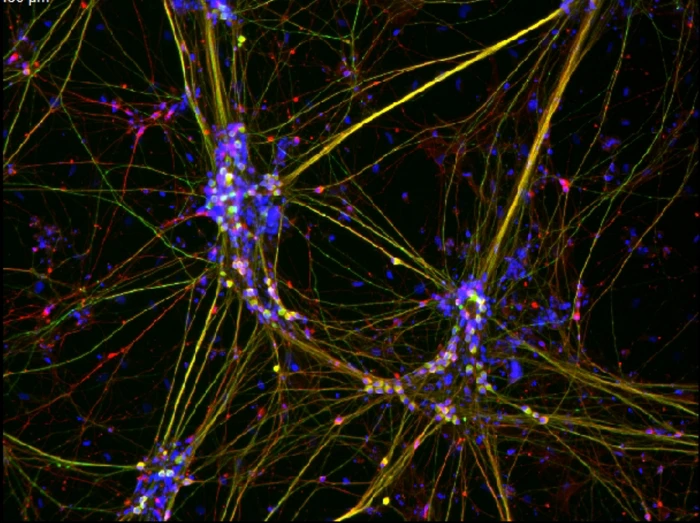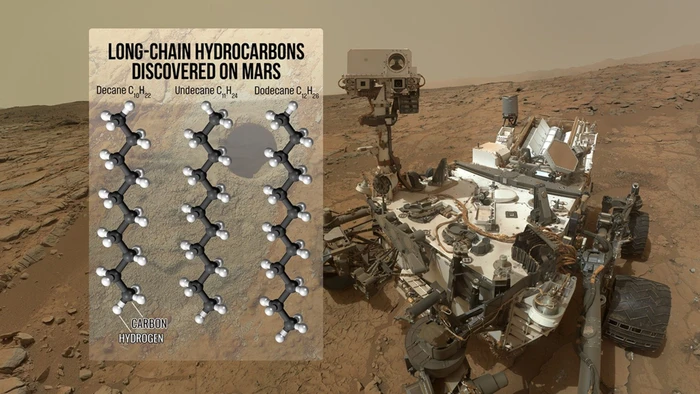
Hi,
Welcome to our first issue, the beginning of our journey together. It is also the start of a new financial year.
We begin with exciting progress in quantum computing, insightful findings on healthy aging, promising advancements in spinal cord injury treatment, and much more.
Advances in Quantum Computing
Researchers have achieved a significant advancement in quantum computing by generating certified randomness using a trapped-ion quantum processor. This work addresses the critical need for verifiable randomness in various applications, including cryptography and simulations.
The team developed a novel protocol that combines quantum measurements with rigorous mathematical proofs. This ensures the generated randomness is unpredictable and certified, even if the quantum device is untrusted. Recently, Microsoft also announced some breakthroughs in Quantum Computing.
Read more at Nature.
In other news, Quantum teleportation was demoed. It is the transfer of a quantum state between two distant physical systems without direct transmission, but by using quantum entanglement. Researchers demonstrated quantum teleportation over 30.2 km of optical fiber carrying high-power 400-Gbps classical communications, maintaining fidelity. This shows quantum communication can coexist with existing infrastructure.
Read more at Optica.
Dietary Patterns Linked to Healthy Aging

A new study has identified specific dietary patterns associated with healthy aging. Diets rich in whole grains, fruits, vegetables, and legumes, while low in red and processed meats, are linked to a greater likelihood of healthy aging.
Read more at Nature Medicine.
Just boil water!
Researchers have discovered that boiling tap water can significantly reduce the presence of nanoplastics and microplastics (NMPs).
Elevated temperatures during boiling encourage the formation of calcium carbonate crystals on the surface of the NMPs. This encapsulates and aggregates the plastic particles making it easy to remove them. The researchers observed that boiling hard water (above 120 mg/L of CaCO3) removed at least 80% of NMPs ranging in size from 0.1 to 150 μm. This simple method could be an effective way to decrease human exposure to NMPs through drinking water.
Read the paper.
Stem Cell Therapy Shows Promise for Spinal Cord Injury

Researchers used neural stem cells, derived from induced pluripotent stem cells (iPSCs), and injected them into the injury sites of four paralyzed men.
One man regained the ability to stand independently, while another experienced improved motor function in their upper and lower limbs. Although the two other men showed limited improvement, the progress observed represents a notable advancement in the treatment of spinal cord injuries.
Read more at Nature.
Google launches Gemini 2.5 with Enhanced AI Reasoning
Google just launched Gemini 2.5, its latest AI model. This new iteration demonstrates significant improvements in understanding and processing information, marking a step forward in AI intelligence.
The model’s advancements allow for more accurate and nuanced responses to complex queries. Demos on YouTube suggested enhanced coding capabilities.
Read more at Google Blog.
Largest Organic Molecules Discovered on Mars

NASA’s Curiosity rover has made a groundbreaking discovery on Mars, detecting the largest organic molecules ever found on the red planet. These complex molecules, containing carbon, hydrogen, and other elements, were identified in rock samples from Gale Crater.
The finding suggests that Mars may have once had the ingredients necessary for life. While the molecules themselves are not evidence of past or present life, their presence indicates that the planet’s ancient environment was rich in organic chemistry.
Read more at NASA | Video from NASA.
Even larger collider

CERN has released a comprehensive report detailing the feasibility of the Future Circular Collider (FCC). The report, the result of several years of work by over a thousand physicists and engineers, outlines the potential implementation of this ambitious project. The FCC, a proposed 91-kilometer circumference collider, is envisioned as a successor to the Large Hadron Collider (LHC).
The study details a two-stage approach: an electron-positron collider for Higgs, electroweak, and top-quark studies, followed by a proton-proton collider capable of achieving unprecedented collision energies of around 100 TeV. This project aims to address fundamental questions in physics, including the mysteries surrounding the Higgs boson and the nature of the universe. The report covers various aspects, including physics objectives, engineering, environmental considerations, and cost, estimating the electron-positron stage at 15 billion Swiss francs.
Read more at CERN
Thank you for taking the time to read this issue of smuklok! We hope you found it interesting.
We're always looking for ways to improve this newsletter. Let us know what you think – your feedback is greatly appreciated. Just reply to this email.
Have a great week ahead and see you next week!
Signing off,